Graph Neural Networks
Overview
A Graph Neural Network (GNN) processes data as a graph of entities (nodes) and relationships (edges). It updates node representations by applying multiple layers of computation. Most GNNs have an embedding, aggregation, update, and readout layer. GCN (Graph Convolutional Network) is a popular GNN architecture that uses convolutional operations to update node representations based on neighboring nodes. GNNs have shown promising results in various domains, such as computer vision, NLP, chemistry, and social networks.
What is a Graph?
A basic example of a real-life graph is a social network, where individuals are represented as nodes, and their connections (friendship, following, etc.) are represented as edges. In Graph Neural Networks (GNNs), a "graph" is a data structure that represents a set of objects (nodes) and the relationships between them (edges). It is a way to model relationships between entities. In GNNs, the graph is used as the input to the model, and the nodes and edges guide the flow of information through the network to learn patterns in the local structure of the graph. There are two types of graphs: directed and undirected.
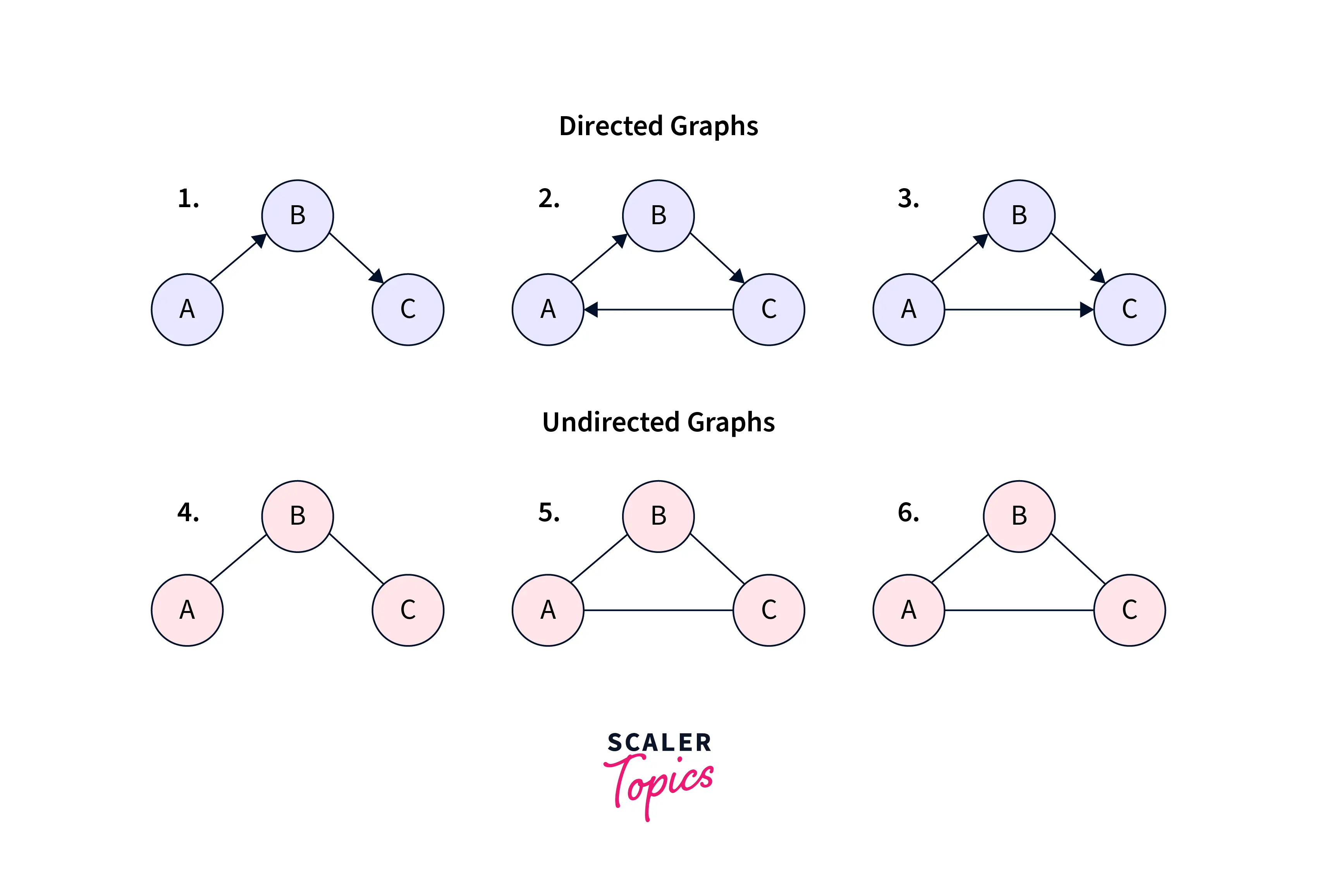
Introduction to Graph Neural Network
A Graph Neural Network (GNN) is designed to operate on graph data. Graphs consist of a set of vertices (or nodes) and edges that connect these vertices, and they are commonly used to represent relationships between pairs of objects. For example, a social network can be represented as a graph, with people as the vertices and their relationships as the edges. Similarly, we can use a graph to represent the dependencies between tasks in a project or the flow of information through a computer network.GNNs can be used for various tasks, such as node classification, link prediction, and graph classification. They can be applied to analyze data in many fields, such as social networks, molecular structures, transportation networks, and natural language processing.
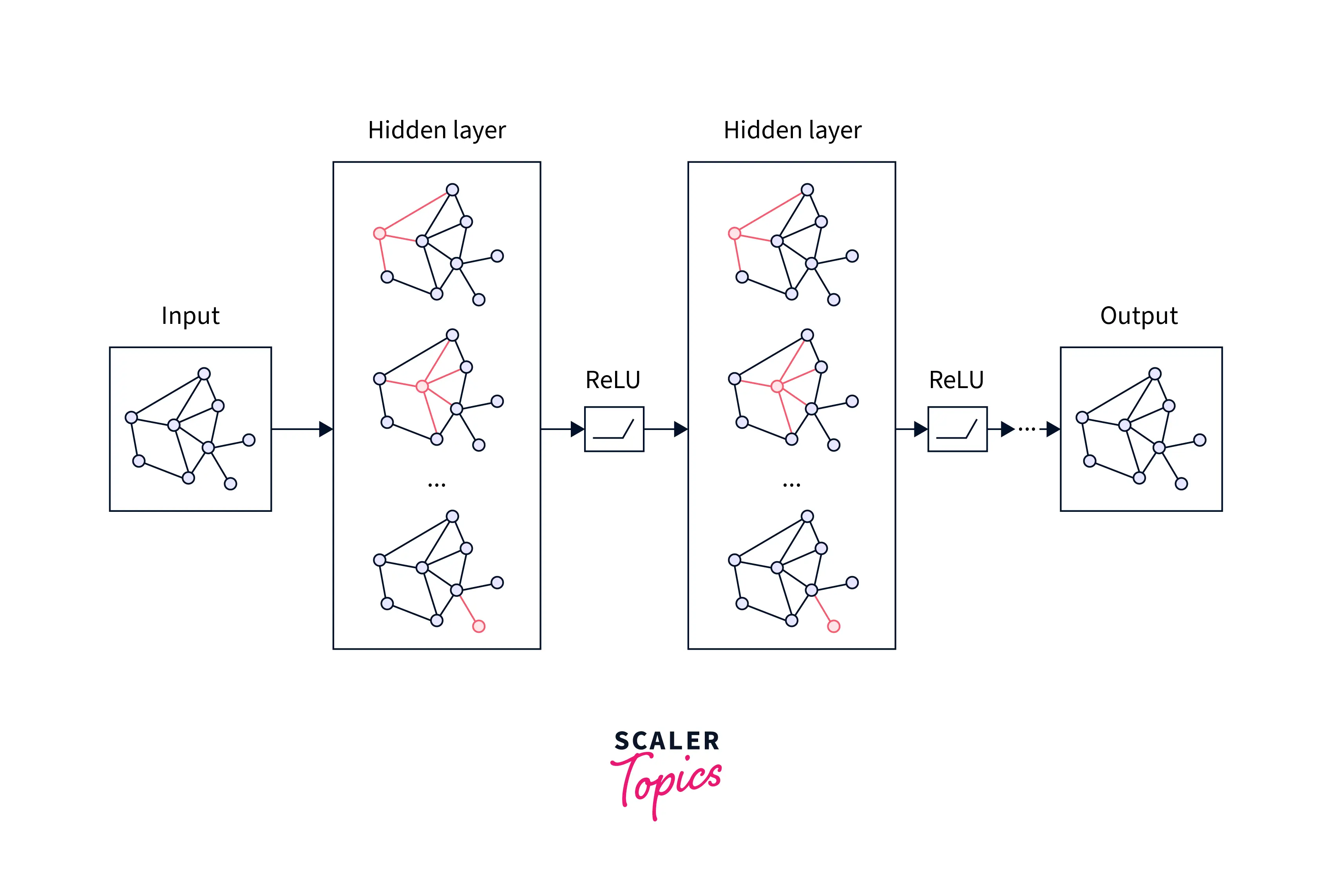
Why do Convolutional Neural Networks (CNNs) Fail on Graphs?
Convolutional neural networks (CNNs) are a type of neural network designed to process data structured in a grid-like fashion, such as an image. CNNs can process this type of data effectively because they use convolutional layers that apply a set of learnable filters to the input data, extracting features and patterns as the data passes through the network.
However, CNNs are not well-suited for working with graph data because the structure of a graph is much more complex and variable than the structure of an image. Additionally, the vertices in a graph may have varying degrees of connectivity, which can further complicate the application of convolutional filters. In a graph, the relationships between the vertices can be arbitrary. They can change over time, making it difficult to apply the fixed, grid-like convolutional filters used in CNNs.
For these reasons, CNNs could work more effectively with graph data. Instead, graph neural networks (GNNs) often process and analyze graph data. They are specifically designed to consider the graph's structure and can learn patterns and relationships that are present in the data.
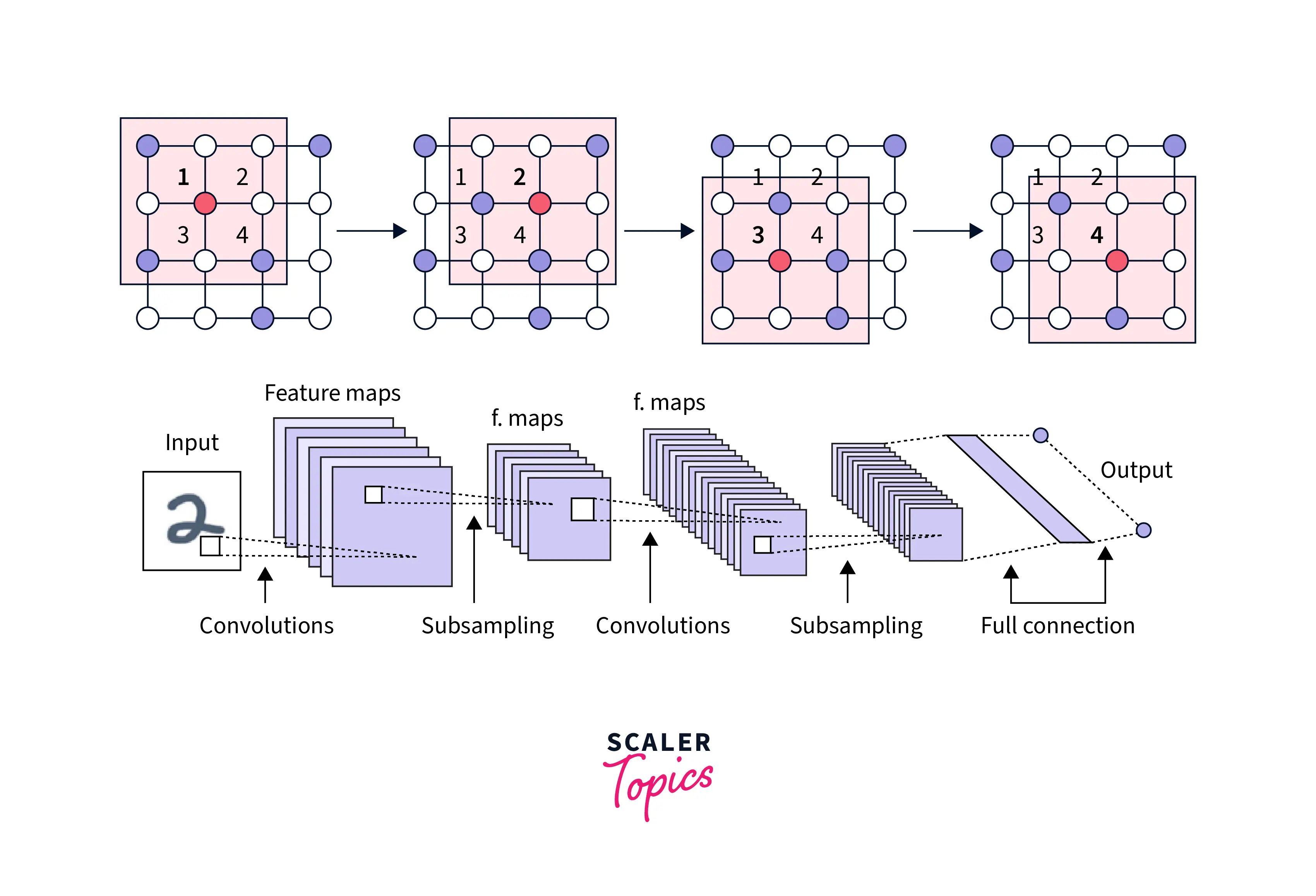
Basics of Deep Learning for Graphs
- Deep learning is a subset of machine learning that involves training artificial neural networks with many layers on large datasets.
- Graph neural networks (GNNs) and graph convolutional networks (GCNs) are two approaches to applying deep learning techniques to graph data.
- GNNs are specifically designed to work with graph data and can learn patterns and relationships present in the data.
- GCNs use graph convolutional layers to extract features from the graph data by applying learnable filters to the graph structure.
- Deep learning techniques have been applied to tasks such as node classification, link prediction, and graph classification in various fields.
What Functions Can A GNN Perform?
Graph neural networks (GNNs) are designed to operate on graph data. GNNs can perform a wide range of tasks on graph data, including:
-
Node classification: In node classification, the goal is to predict a label for each vertex (or node) in the graph based on the vertex's features and structure.
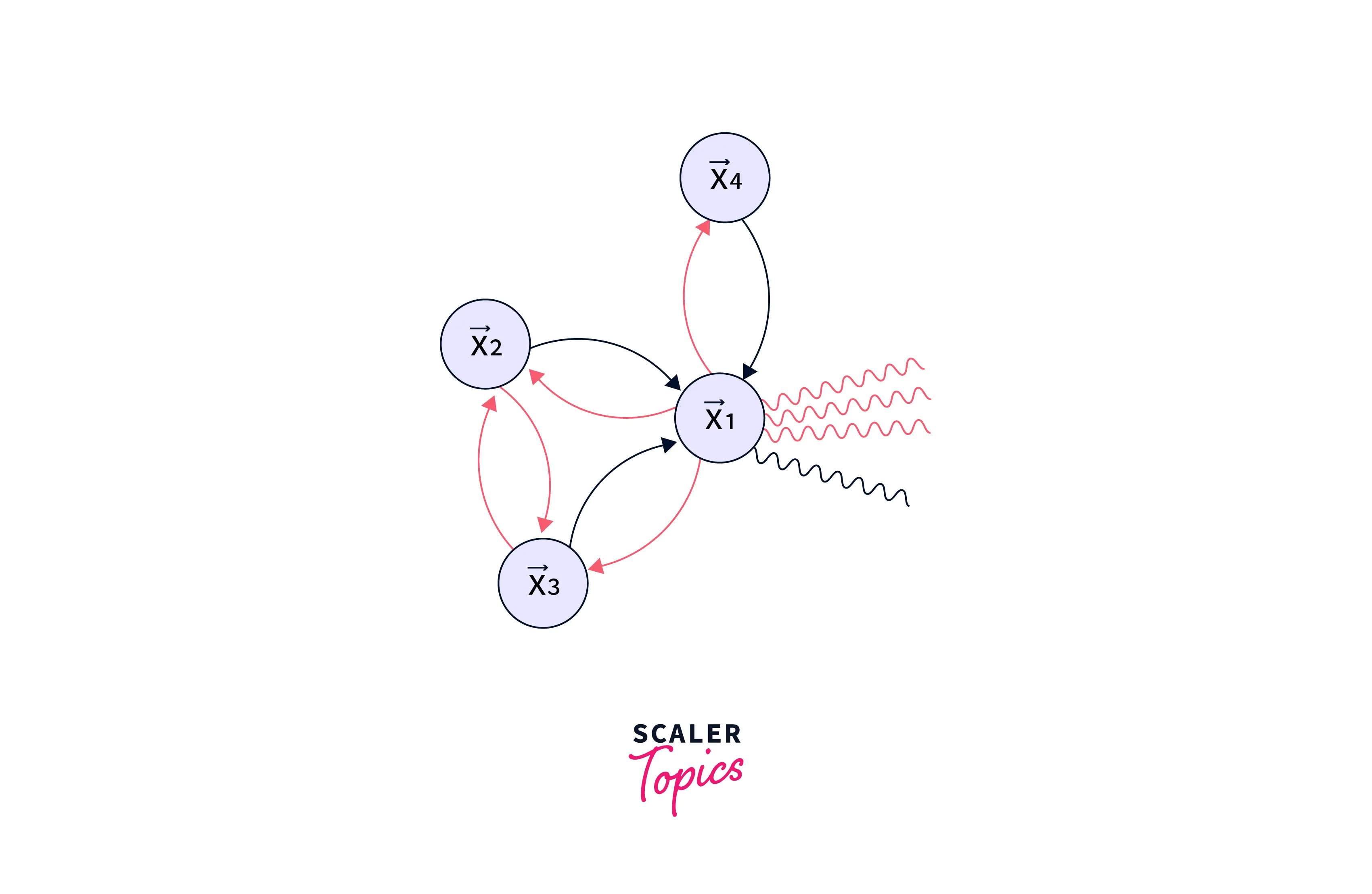
-
Link prediction: In link prediction, the goal is to predict whether two vertices in the graph are likely to be connected by an edge. This is useful for predicting missing or future connections in a graph.
There are several potential applications for using Graph Neural Networks (GNNs) in link prediction, such as:
-
Social Network Analysis: GNNs can be used to predict the likelihood of new connections forming between individuals in a social network based on their existing connections and other attributes.
-
Recommender Systems: In recommendation systems, GNNs can predict the likelihood of a user interacting with an item based on the user's past interactions and the relationships between items.
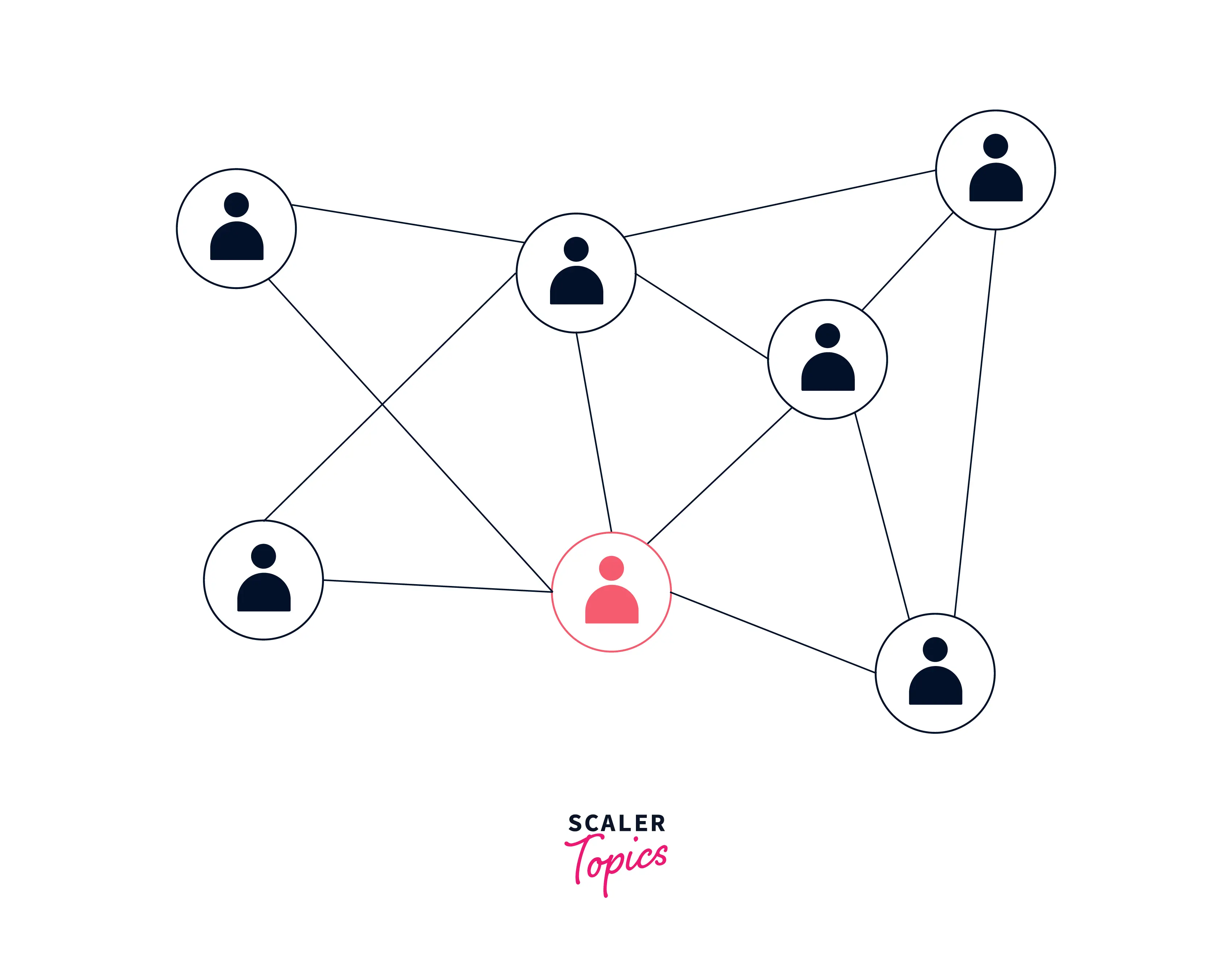
-
-
Graph classification: In graph classification, the goal is to predict a label for the entire graph based on the vertices' features and the graph's structure.
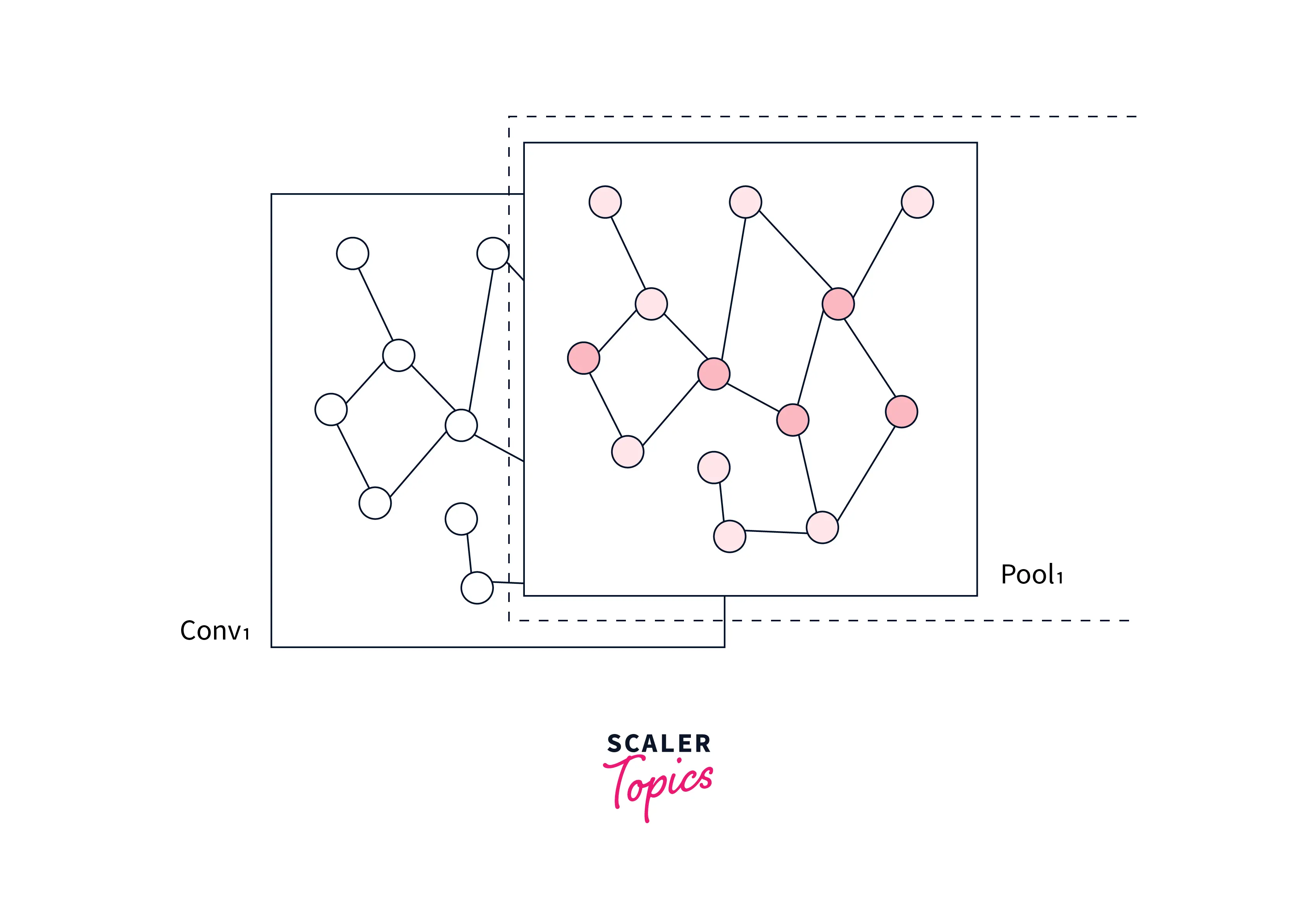
-
Node embedding: In node embedding, the goal is to represent each vertex in the graph as a low-dimensional vector, which can be used for tasks such as recommendation or visualization.
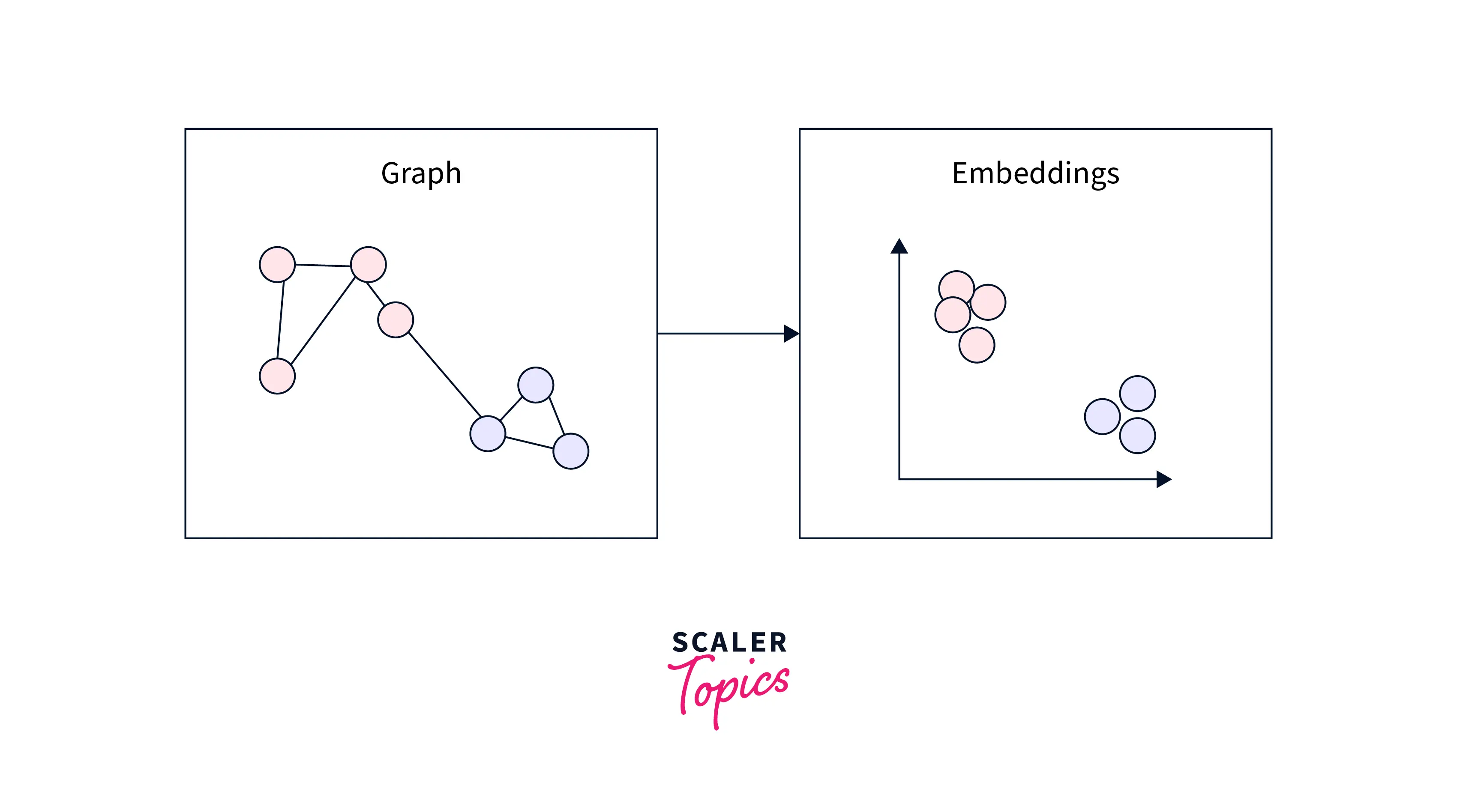
-
Graph generation: In graph generation, the goal is to generate a new graph similar to a given graph or meet certain specified criteria.
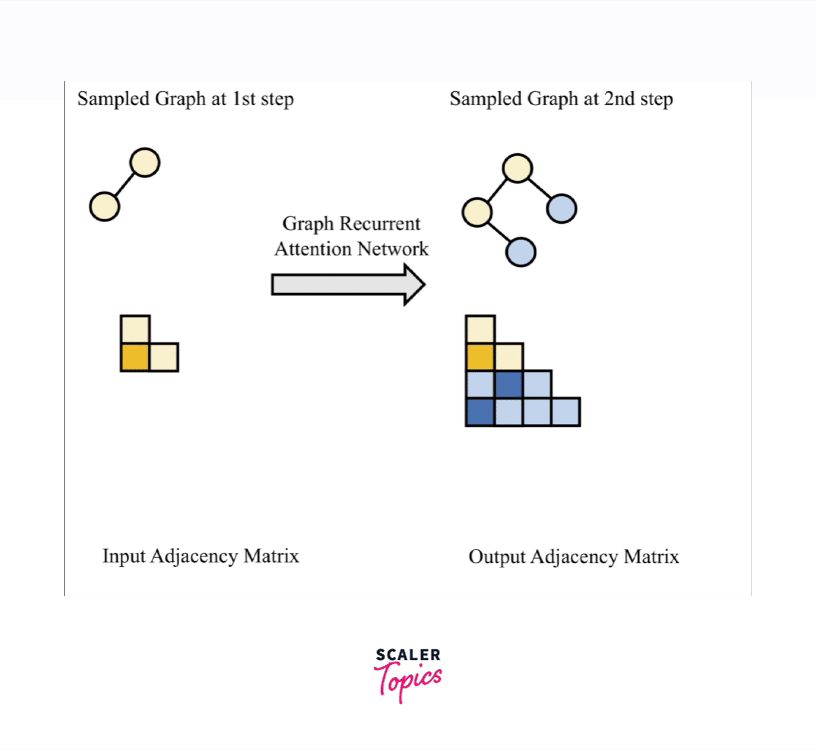
GNNs have been applied to a wide range of fields, including natural language processing, computer vision, and social network analysis, and have shown to be highly effective at performing these and other tasks on graph data.
Types of Graph Neural Networks
There are many different types of neural graph networks (GNNs), each with its characteristics and capabilities. Some common types of GNNs include:
-
Graph convolutional networks (GCNs): GCNs are a type of GNN that uses convolutional graph layers to process the graph data. These layers apply a set of learnable filters to the graph, which is designed to take into account the structure of the graph and the relationships between the vertices.
Some common applications of GNNs in graph classification include:
-
Social network analysis: GNNs can classify individuals in a social network based on their relationships with other individuals.
-
Bioinformatics: GNNs can classify protein-protein interaction networks and predict protein functions.
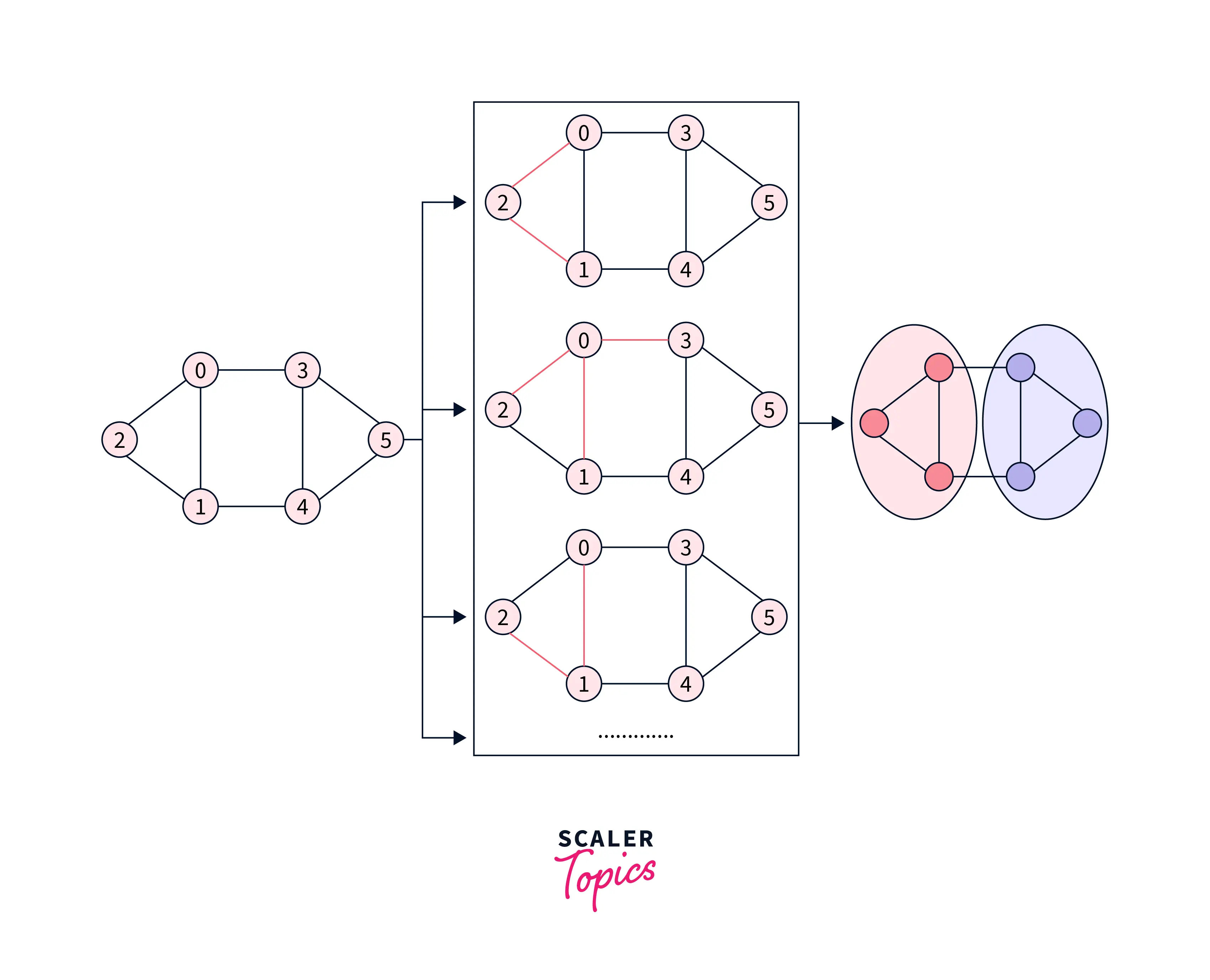
-
-
Graph attention networks (GATs): GATs are a type of GNN that uses attention mechanisms to weigh the importance of different vertices in the graph when processing the data. This allows the GNN to focus on the most relevant vertices and relationships when making predictions.
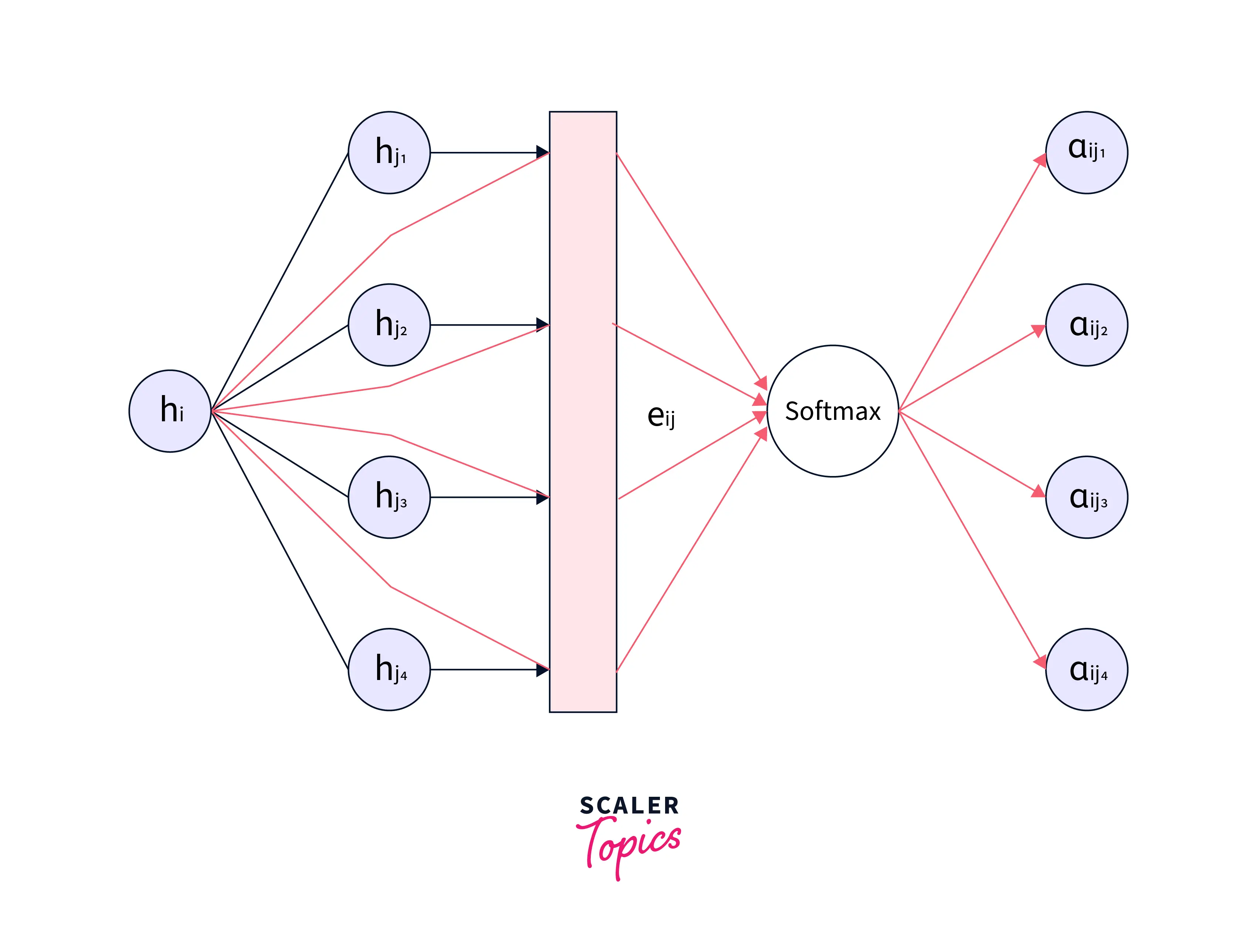
-
Graph autoencoders: Graph autoencoders are a type of GNN that uses an encoder-decoder architecture to learn a compressed representation of the graph data. The encoder maps the graph to a lower-dimensional latent space, and the decoder reconstructs the original graph from this representation.
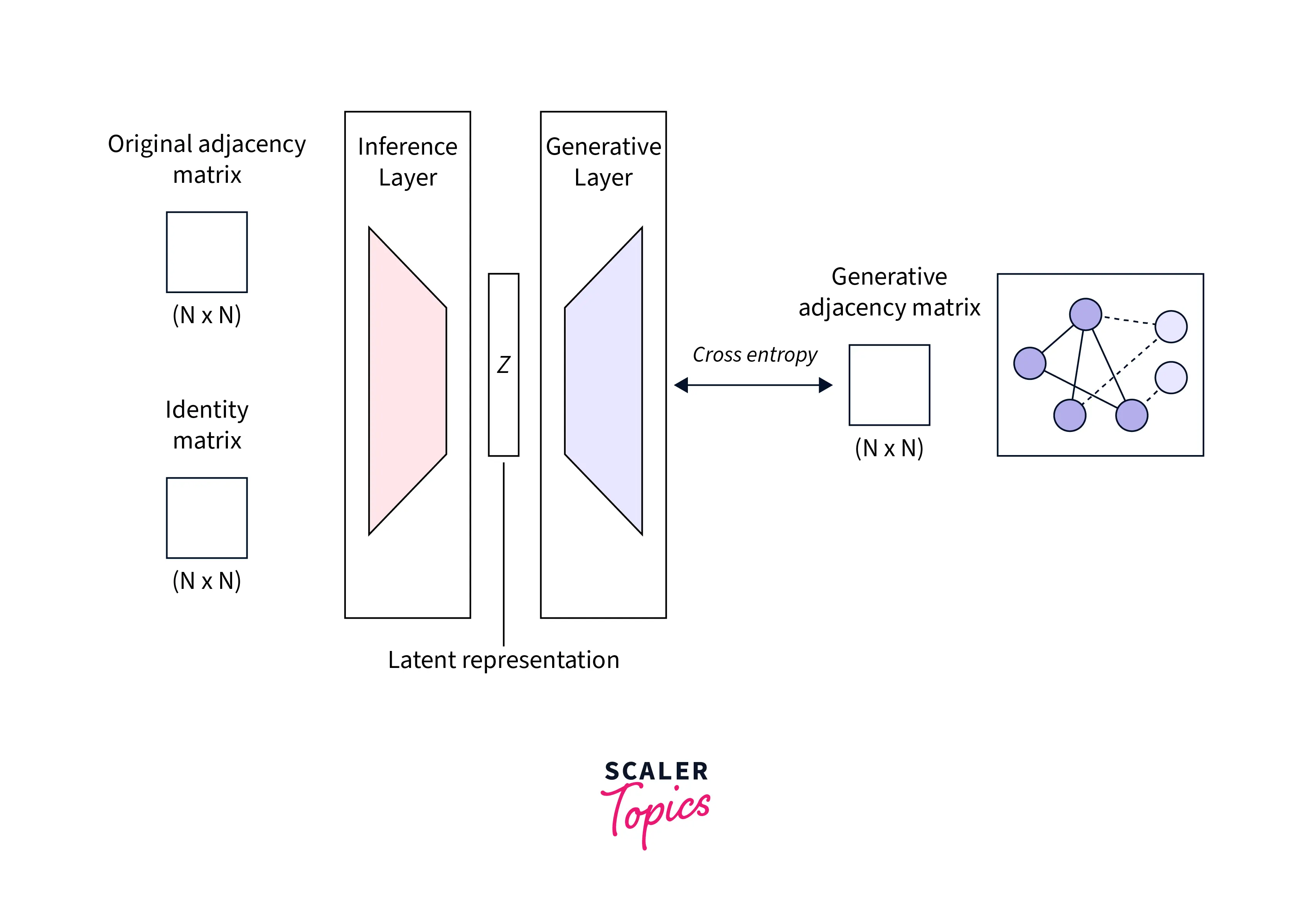
-
Graph recurrent networks (GRNs): GRNs are a type of GNN that uses recurrent neural network (RNN) cells to process sequential information in the graph data. These cells allow the GNN to maintain an updated state as it processes the graph, which can be useful for tasks such as node classification or link prediction.
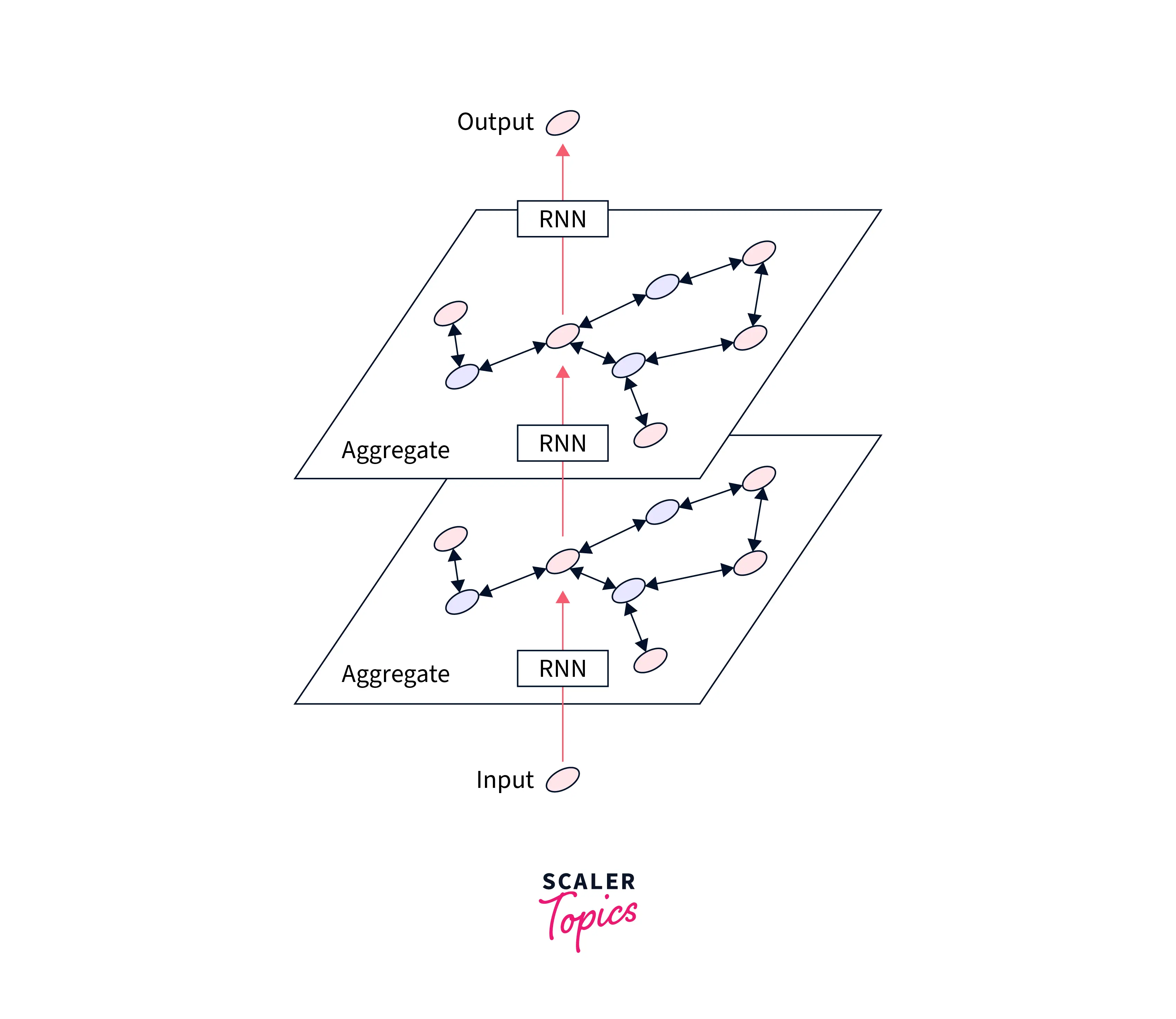
There are many other types of GNNs, each with unique characteristics and capabilities.
Applications of GNNs
Graph neural networks (GNNs) have been applied to various tasks and fields. Some examples of applications of GNNs include:
-
Natural language processing: GNNs have been used for tasks such as language translation, text classification, and question answering by representing the input text as a graph and processing the graph with a GNN.
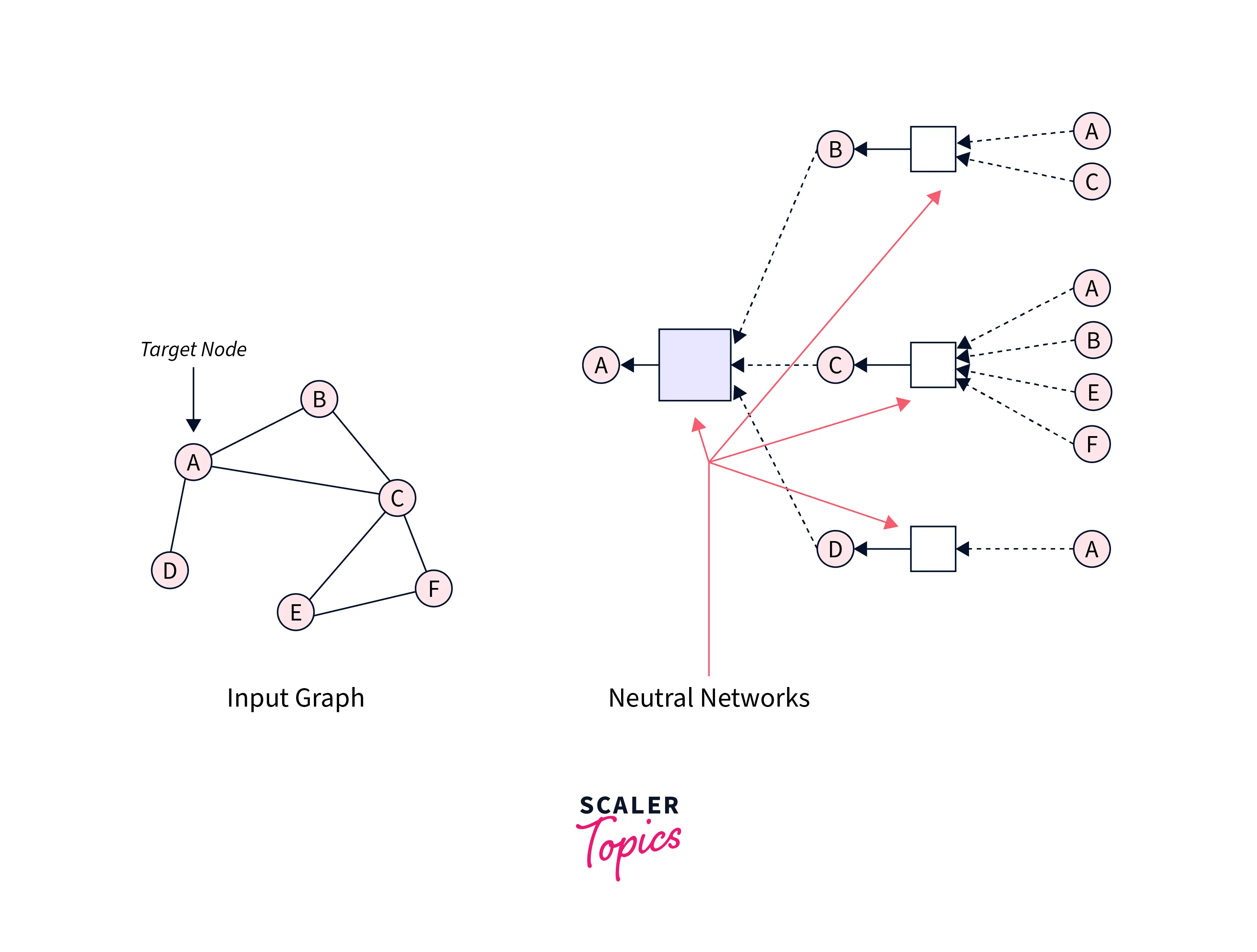
-
Computer vision: GNNs have been used for tasks such as image classification, object detection, and segmentation by representing the input image as a graph and processing the graph with a GNN.
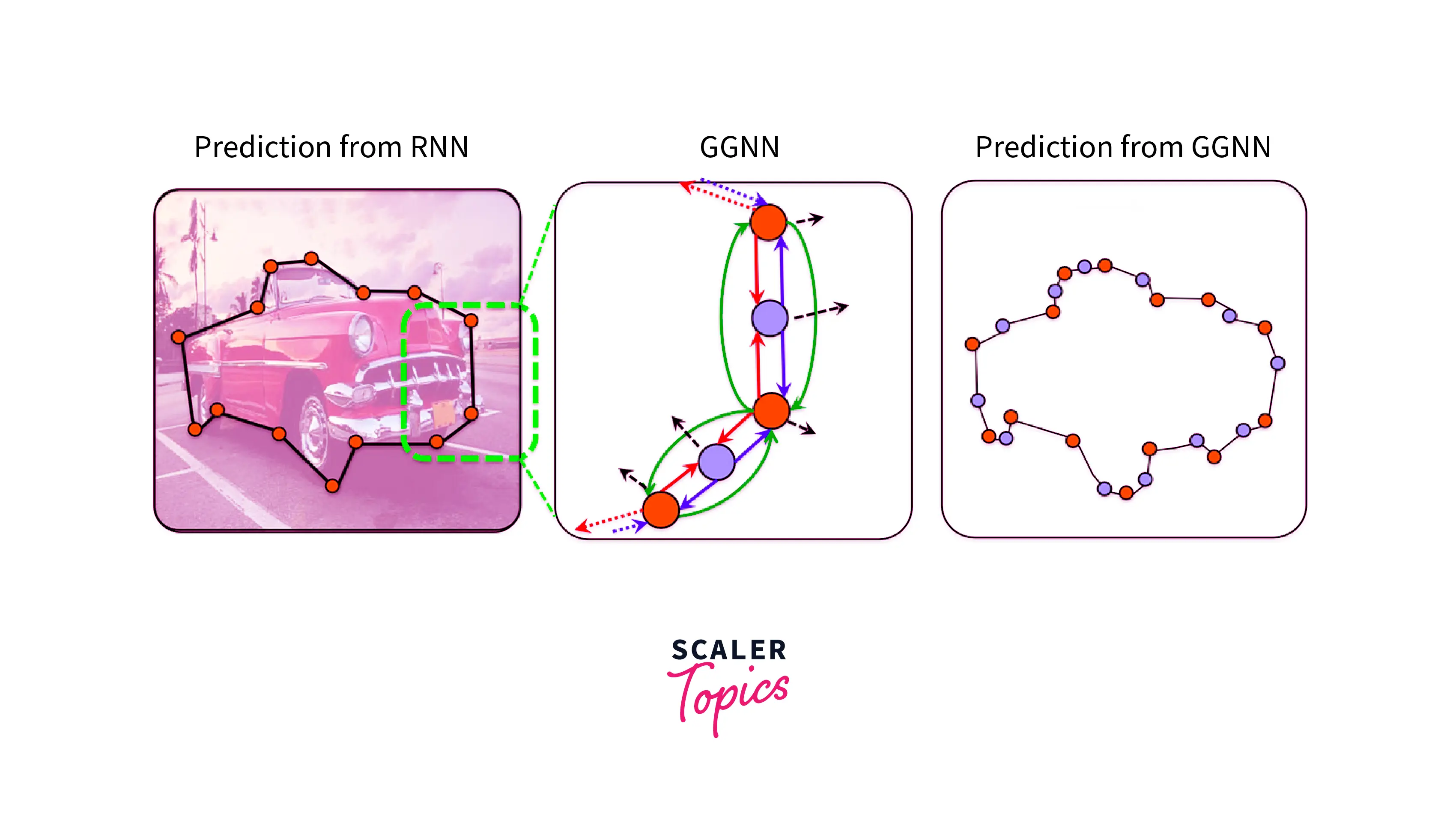
-
Social network analysis: GNNs have been used to analyze social networks and identify individual patterns and relationships, such as communities or influence relationships.
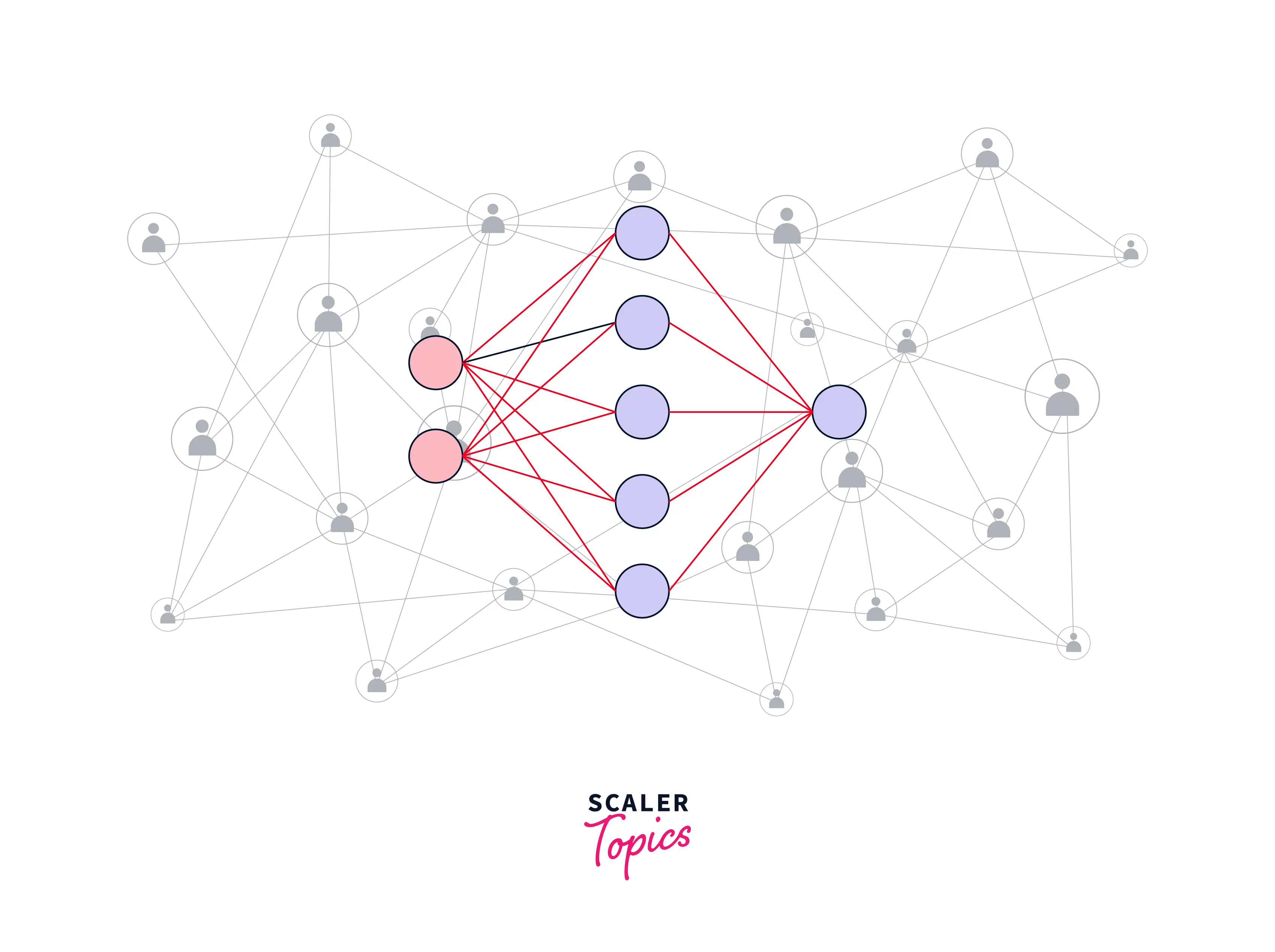
-
Molecular chemistry: GNNs have been used to predict the properties of molecules and to design new molecules with desired properties by representing the molecules as graphs and processing the graphs with a GNN.
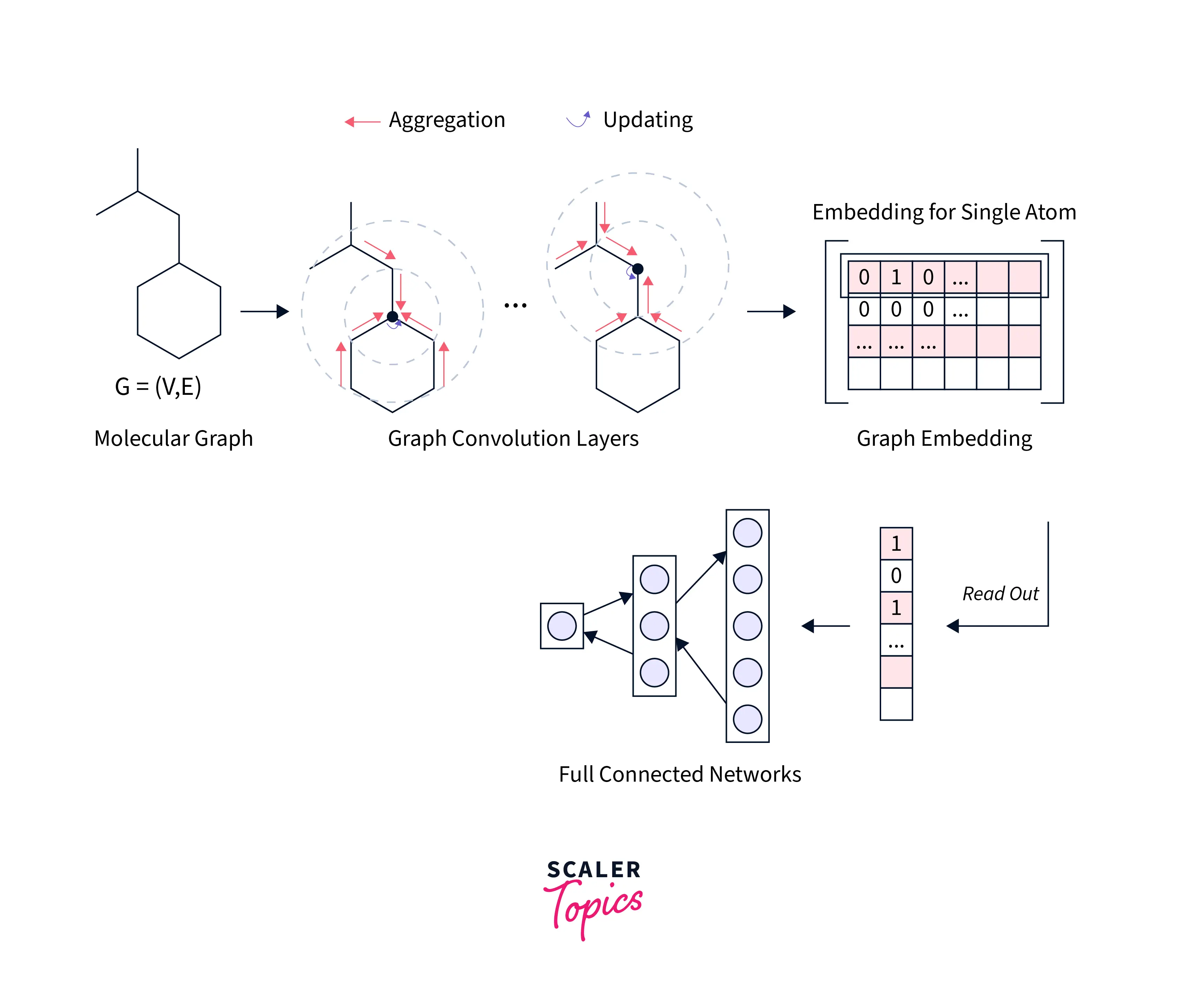
-
Recommendation systems: GNNs have been used to make recommendations to users by representing the users and items as a graph and using a GNN to identify patterns and relationships in the data.

These are just a few examples of the many applications of GNNs. GNNs have shown to be highly effective at processing and analyzing graph data, and their use is likely to continue to grow in a wide range of fields.
Conclusion
- Graph neural networks (GNNs) are a type of neural network designed for graph data.
- GNNs can perform various tasks on graph data, including node classification, link prediction, graph classification, node embedding, and graph generation.
- Different types of GNNs include GCNs, GATs, graph autoencoders, and GRNs.
- GNNs have been applied in fields such as natural language processing, computer vision, social network analysis, molecular chemistry, and recommendation systems.
- GNNs are effective at processing and analyzing graph data and will likely continue to be used in various applications.
